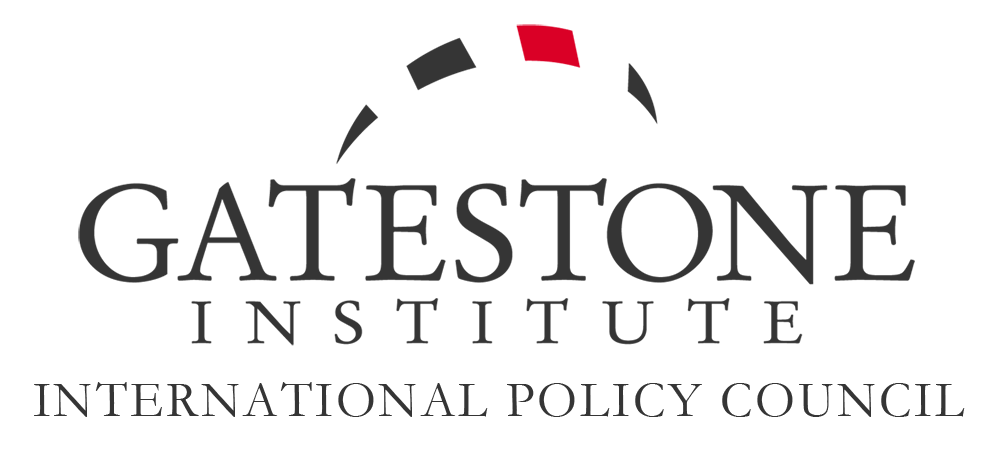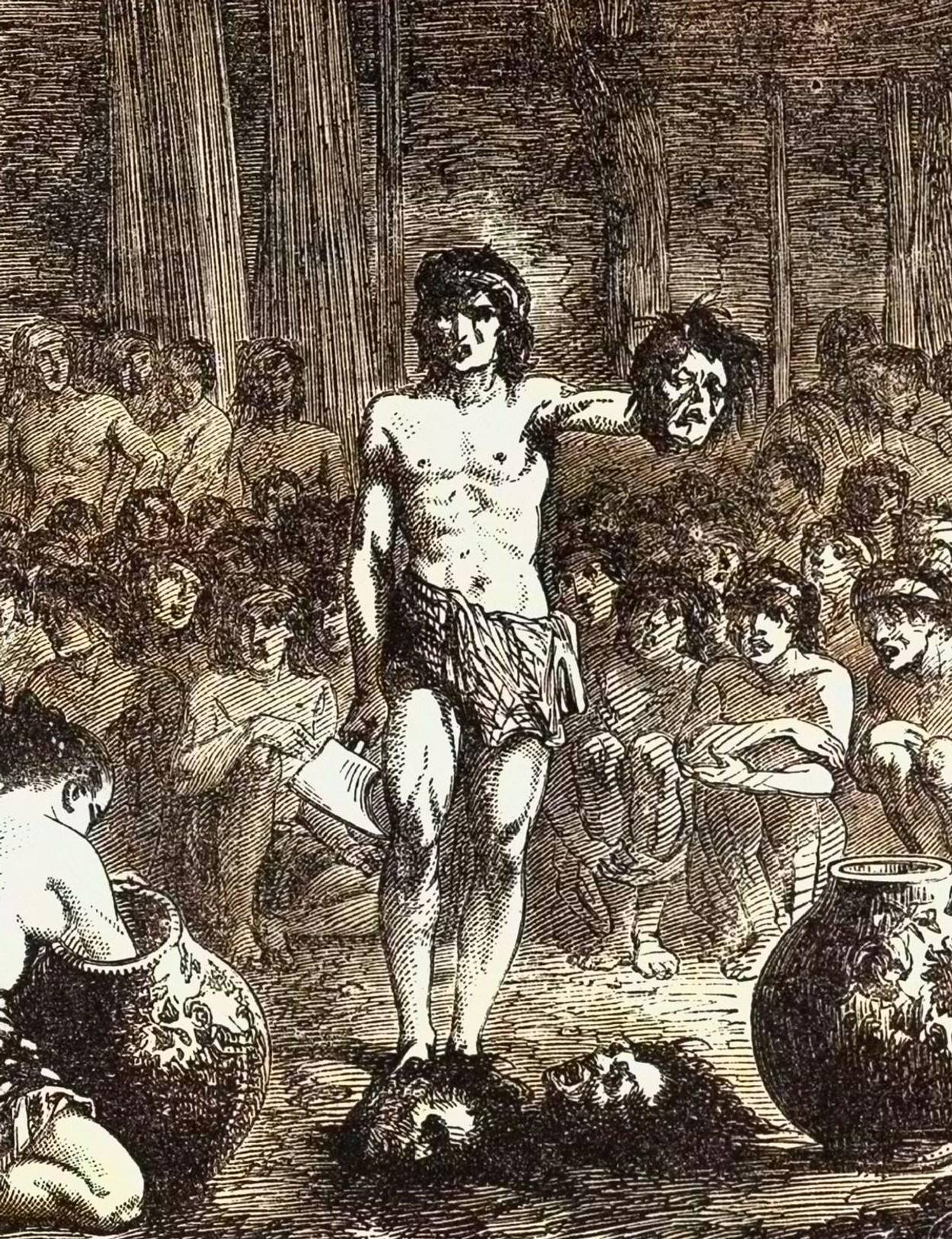 Ofensywa Izraela dla zniszczenia Hezbollahu leży w interesie Zachodu, by chronić jego przyszłe bezpieczeństwo, co zachodni przywódcy powinni wziąć pod uwagę, próbując rozwiązać pogłębiający się kryzys na Bliskim Wschodzie. Na zdjęciu: apartament używany przez terrorystów z Hezbollahu po trafieniu precyzyjnym izraelskim atakiem lotniczym, 30 września 2024 r. w Bejrucie w Libanie. (Zdjęcie Carl Court/Getty Images)
Ofensywa Izraela dla zniszczenia Hezbollahu leży w interesie Zachodu, by chronić jego przyszłe bezpieczeństwo, co zachodni przywódcy powinni wziąć pod uwagę, próbując rozwiązać pogłębiający się kryzys na Bliskim Wschodzie. Na zdjęciu: apartament używany przez terrorystów z Hezbollahu po trafieniu precyzyjnym izraelskim atakiem lotniczym, 30 września 2024 r. w Bejrucie w Libanie. (Zdjęcie Carl Court/Getty Images)
 Pokonanie Hezbollahu wzmocni Zachód
Pokonanie Hezbollahu wzmocni Zachód
Con Coughlin
Tłumaczenie: Małgorzata Koraszewska
Izraelska kampania wojskowa przeciwko wspieranym przez Iran terrorystom z Hezbollahu nie jest jedynie próbą zabezpieczenia Izraela przed dalszymi bombardowaniami dziesiątkami tysięcy rakiet i dronów.
Izraelskie zwycięstwo nad terrorystyczną infrastrukturą Hezbollahu w Libanie jest kluczowe dla zagwarantowania bezpieczeństwa całego zachodniego sojuszu. Będzie to jasny sygnał dla Iranu – mocodawców Hezbollahu – że nieustanna kampania ajatollahów przeciwko Zachodowi i jego sojusznikom jest ostatecznie skazana na porażkę.
Jest to z pewnością kwestia, którą światowi przywódcy muszą wziąć pod uwagę, kiedy próbują wynegocjować zawieszenie broni między Izraelem a Hezbollahem, co niewątpliwie przyniosłoby korzyści tej wspieranej przez Iran organizacji terrorystycznej.
Premier Izraela Benjamin Netanjahu, po 11 miesiącach nieustannego ostrzału rakietowego i bezowocnych negocjacji, odrzucił pomysł zawieszenia broni, prawdopodobnie obawiając się, że jedynie umożliwi ono Hamasowi i Hezbollahowi ponowne uzbrojenie się przed kolejnym atakiem, który otwarcie zapowiadają.
Po nierozstrzygniętej wojnie, jaką Izrael stoczył z Hezbollahem w 2006 r., skala ostatniego izraelskiego ataku na infrastrukturę terrorystyczną Hezbollahu w Libanie pokazuje, że tym razem Izraelczycy nie mają zamiaru zakończyć kampanii wojskowej, aż Hezbollah nie będzie rozgromiony i bez możliwości kontynuowania nieustannych ataków na północny Izrael.
Hezbollah rozpoczął ataki dronami i rakietami na Izrael, używając broni dostarczonej przez Iran. Atakował na oślep cele cywilne w Izraelu, głównie na północy kraju. Rozpoczęli ostrzał zaledwie dzień po niszczycielskich atakach z 7 października 2023 r.
Ten niesprowokowany atak spowodował, że około 90 tysięcy Izraelczyków musiało opuścić swoje domy i duże obszary północnego Izraela opustoszały. Hezbollah powiedział, że ci Izraelczycy nie będą już mogli wrócić do swoich domów, co wzbudziło obawy, że Hezbollah, który planował inwazję na północny Izrael, może również planować jego okupację.
W zeszłym tygodniu jeden z najbardziej paranoicznych krytyków Izraela, Sekretarz Generalny ONZ António Guterres, próbował zrzucić winę za obecny konflikt na ofiarę, Izrael, kraj, który został zaatakowany bez powodu. Guterres, odnosząc się do Izraela, ogłosił, że wojna “nie wydarzyła się w próżni“. Jak na ironię, to sam Guterres jest odpowiedzialny za trwanie konfliktu. Zgodnie z Rezolucją Bezpieczeństwa ONZ 1701, to Tymczasowe Siły Narodów Zjednoczonych w Libanie, UNIFIL, podlegające Guterresowi, miały za zadanie “utrzymanie bezpieczeństwa i stabilności w całym południowym Libanie…”. Nie zrobiły tego.
Według Centrum Strategicznych Studiów Międzynarodowych:
“Hezbollah wielokrotnie naruszał rezolucję Rady Bezpieczeństwa ONZ nr 1701, wysyłając siły i wystrzeliwując przeciwpancerne pociski i inną amunicję przeciwko Izraelowi ze strefy między Błękitną Linią a rzeką Litani [około 29 km od granicy z Izraelem]”.
Hezbollah, będący kluczowym członkiem irańskiej tzw. “osi oporu”, obok innych grup terrorystycznych, takich jak Hamas, twierdzi, że rozpoczął ataki na Izrael w ramach solidarności ze swoim terrorystycznym sojusznikiem Hamasem, a bombardowania będą kontynuowane do czasu zawarcia zawieszenia broni w Strefie Gazy.
Teraz, po prawie roku nieustannych bombardowań przez Hezbollah, Izrael rozpoczął “Operację Północne Strzały”, w wyniku której Siły Obronne Izraela podjęły największą kontrofensywę przeciwko Hezbollahowi od czasu konfliktu w 2006 roku.
W zeszłym tygodniu Siły Obronne Izraela przeprowadziły setki ataków powietrznych na infrastrukturę terrorystyczną Hezbollahu, atakując stanowiska wyrzutni rakietowych, składy amunicji oraz kluczowe postacie w kierownictwie organizacji terrorystycznej. W izraelskich nalotach zginęło kilku kluczowych dowódców.
Wśród zabitych był 61-letni Ibrahim Akil, jeden z najwyższych rangą oficerów Hezbollahu, dowodzący elitarnymi siłami zbrojnymi. Od lat znajdował się na liście poszukiwanych przez Waszyngton.
Atak na Akila jest dobrym przykładem tego, że izraelski atak militarny na Hezbollah leży w interesie Zachodu, ponieważ skutecznie uderza w terrorystów, którzy w przeszłości przeprowadzali ataki nie tylko na Izrael, ale także na cele na Zachodzie.
Opisany przez Departament Stanu jako “kluczowy przywódca” Hezbollahu, Akil należał do grupy, która przeprowadziła w 1983 r. zamachy bombowe na ambasadę USA i koszary piechoty morskiej USA w Bejrucie, w wyniku których zginęło 241 amerykańskich żołnierzy, 17 innych Amerykanów oraz 46 osób spoza USA.
Do zamachu bombowego na ambasadę doszło w czasie, gdy CIA prowadziła regionalne spotkanie szefów wywiadów Bliskiego Wschodu. Wielu z nich zginęło w ataku.
Akila oskarżono również o zorganizowanie kryzysu zakładników w Bejrucie w latach 80., kiedy to wzięto do niewoli dziesiątki zakładników amerykańskich, brytyjskich i francuskich.
Akil został uznany za terrorystę przez Departament Skarbu USA w 2015 r., a wkrótce potem Departament Stanu uznał go za “globalnego terrorystę”. W 2023 r. Departament Stanu ogłosił również nagrodę w wysokości do 7 milionów dolarów za informacje prowadzące do jego “identyfikacji, lokalizacji, aresztowania i/lub skazania”.
Śmierć Akila pokazuje zatem, jak ważna dla Zachodu jest izraelska ofensywa militarna przeciwko Hezbollahowi. Zachód jest bowiem celem takich grup terrorystycznych jak Hezbollah i wspierający go Iran, tak samo jak Izrael.
Podobnie jak Akil, Hezbollah i jego sojusznicy – tacy jak iracki Kataib Hezbollah, będący wrogiem zarówno Zachodu, jak i Izraela – są gotowi przeprowadzać ataki terrorystyczne na amerykańskie siły zbrojne na Bliskim Wschodzie, czy to podstawiając ładunki wybuchowe w ciężarówkach, aby zniszczyć ambasadę USA i koszary piechoty morskiej w Bejrucie w 1983 r., czy też przeprowadzając ostatnio ataki rakietowe i dronami na bazy amerykańskie w Iraku i Zatoce Perskiej.
Mamy nadzieję, że przywódcy państw zachodnich, którzy spotkali się w Nowym Jorku na dorocznym posiedzeniu Zgromadzenia Ogólnego ONZ, wzięli pod uwagę ten kluczowy punkt, rozważając możliwości położenia kresu przemocy między Hezbollahem a Izraelem.
Od czasu rozpoczęcia przez Siły Obronne Izraela działań zbrojnych przeciwko Hezbollahowi, Izrael jak zwykle musi stawić czoła fali krytyki z powodu ofiar wśród ludności cywilnej.
Prawda jest jednak taka, że grupą terrorystyczną mającą na swoim koncie najwięcej ofiar,, jest Hezbollah, który, podobnie jak jego wspierany przez Iran sojusznik Hamas w Strefie Gazy, nie ma żadnych skrupułów przy narażaniu niewinnych libańskich cywilów na niebezpieczeństwo.
Hezbollah regularnie rozmieszcza swoje główne bazy terrorystyczne na terenach cywilnych Libanu, takich jak południowe przedmieścia Bejrutu, co zostało ujawnione po masowych eksplozjach pagerów i krótkofalówek używanych przez terrorystów Hezbollahu, które pokazały, że działają oni w ośrodkach cywilnych na terenie całego Libanu.
Fakt, że wśród osób rannych w wyniku eksplozji pagera znalazł się ambasador Iranu w Libanie, wskazuje na to, jak głęboko w strukturze dowodzenia Hezbollahu zasiadają wysocy rangą funkcjonariusze irańscy.
Ofensywa Izraela mająca na celu zniszczenie Hezbollahu leży zatem w interesie Zachodu w kontekście zapewnienia jego przyszłego bezpieczeństwa. Przywódcy Zachodu powinni wziąć to pod uwagę, starając się rozwiązać pogłębiający się kryzys na Bliskim Wschodzie.
Con Coughlin brytyjski dziennikarz, kierownik działu spraw międzynarodowych w redakcji “The Daily Telegraph”, członek zespołu Gatestone Institute.
Zawartość publikowanych artykułów i materiałów nie reprezentuje poglądów ani opinii Reunion’68,
ani też webmastera Blogu Reunion’68, chyba ze jest to wyraźnie zaznaczone.
Twoje uwagi, linki, własne artykuły lub wiadomości prześlij na adres:
webmaster@reunion68.com




